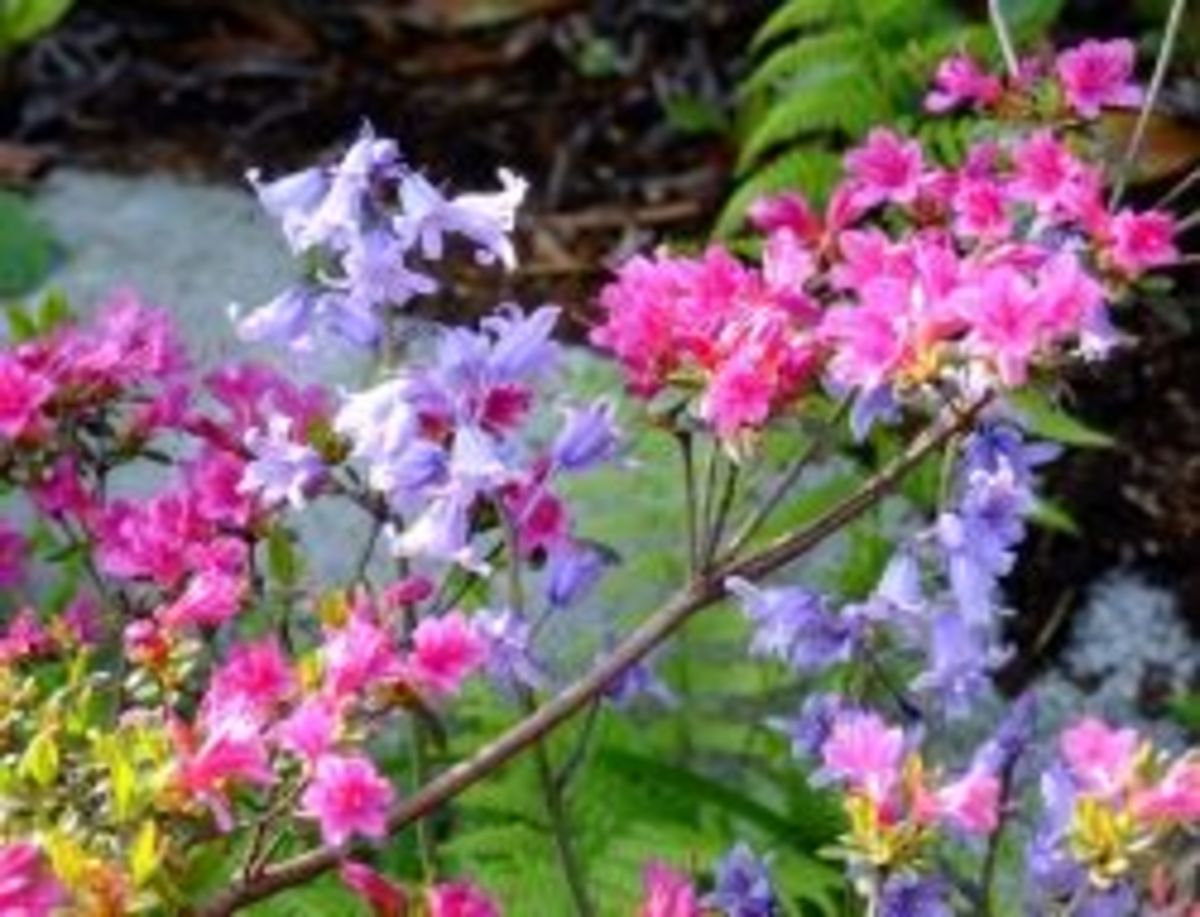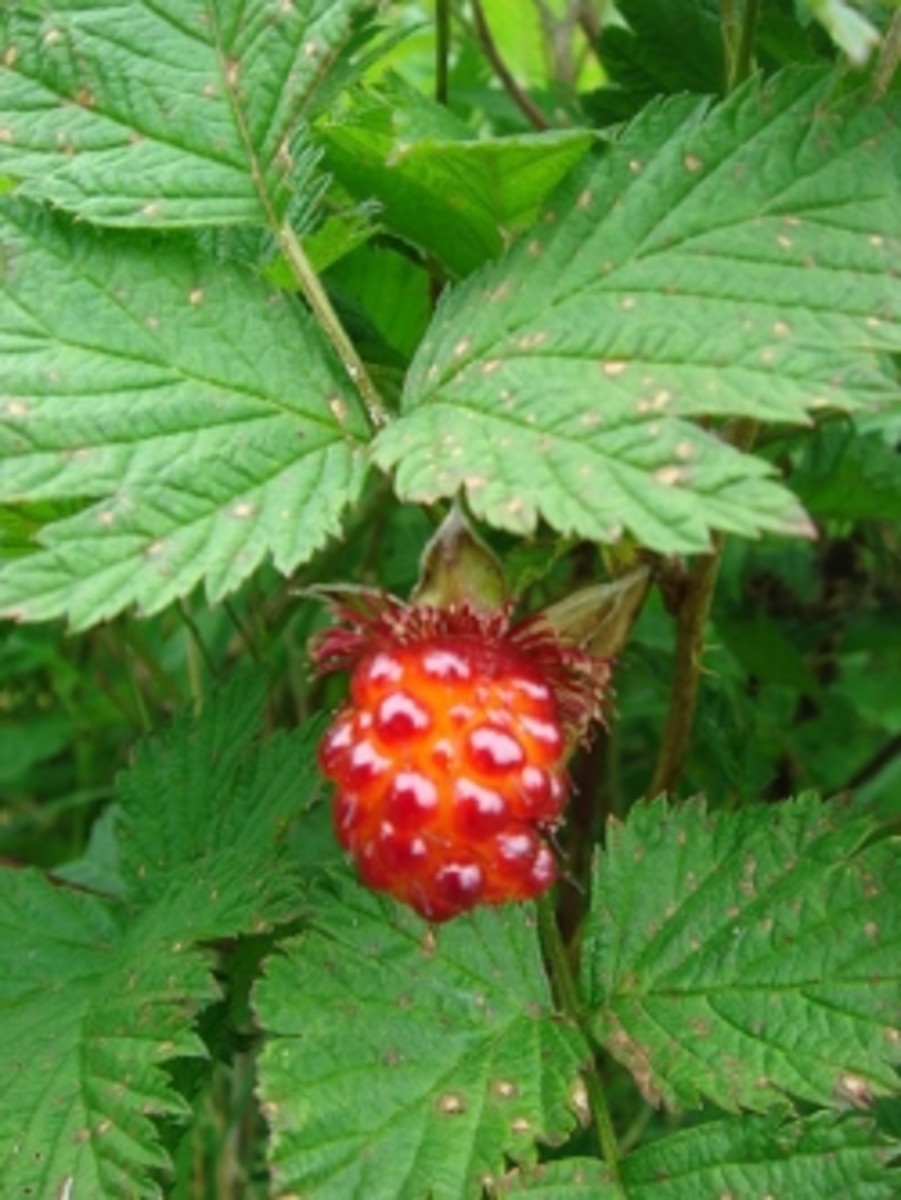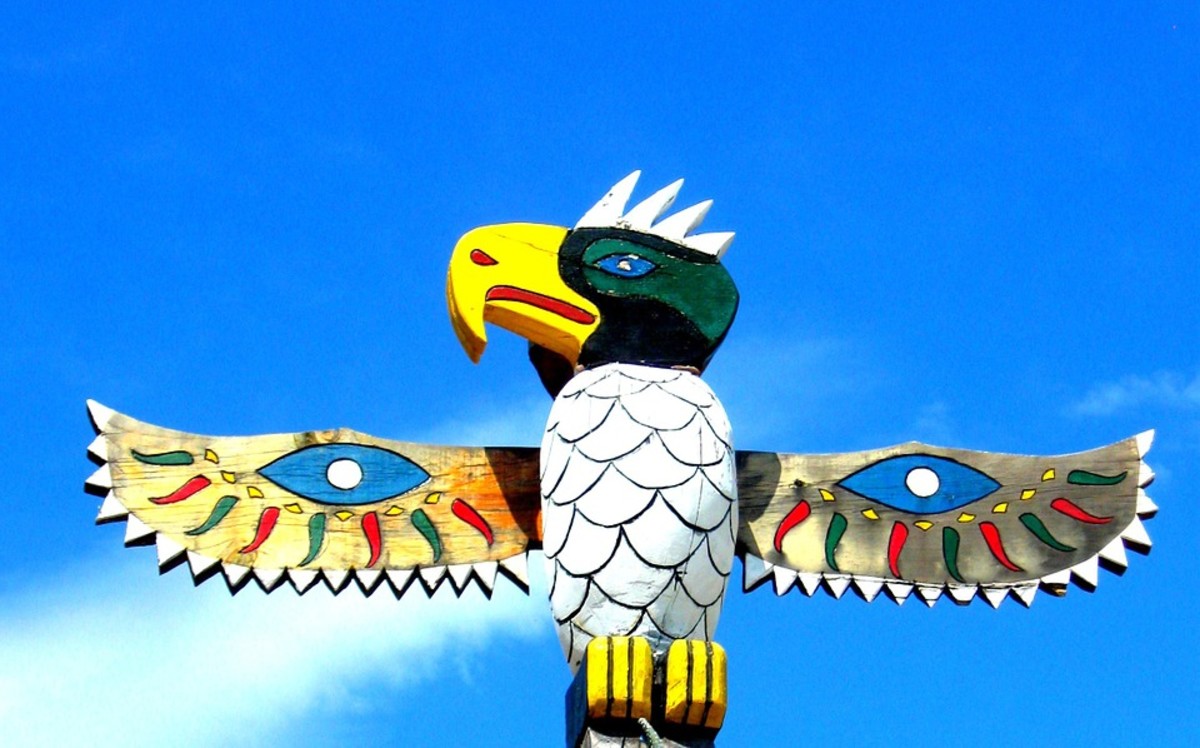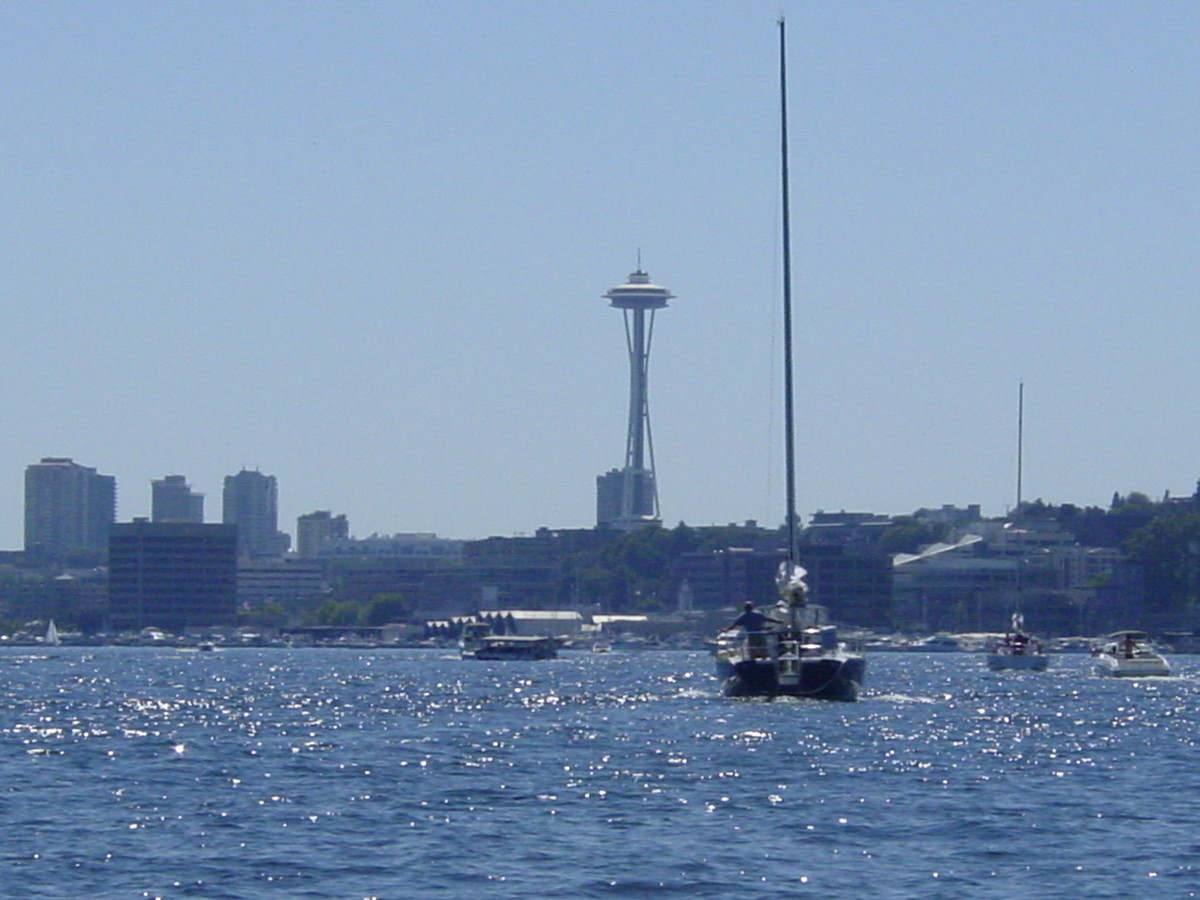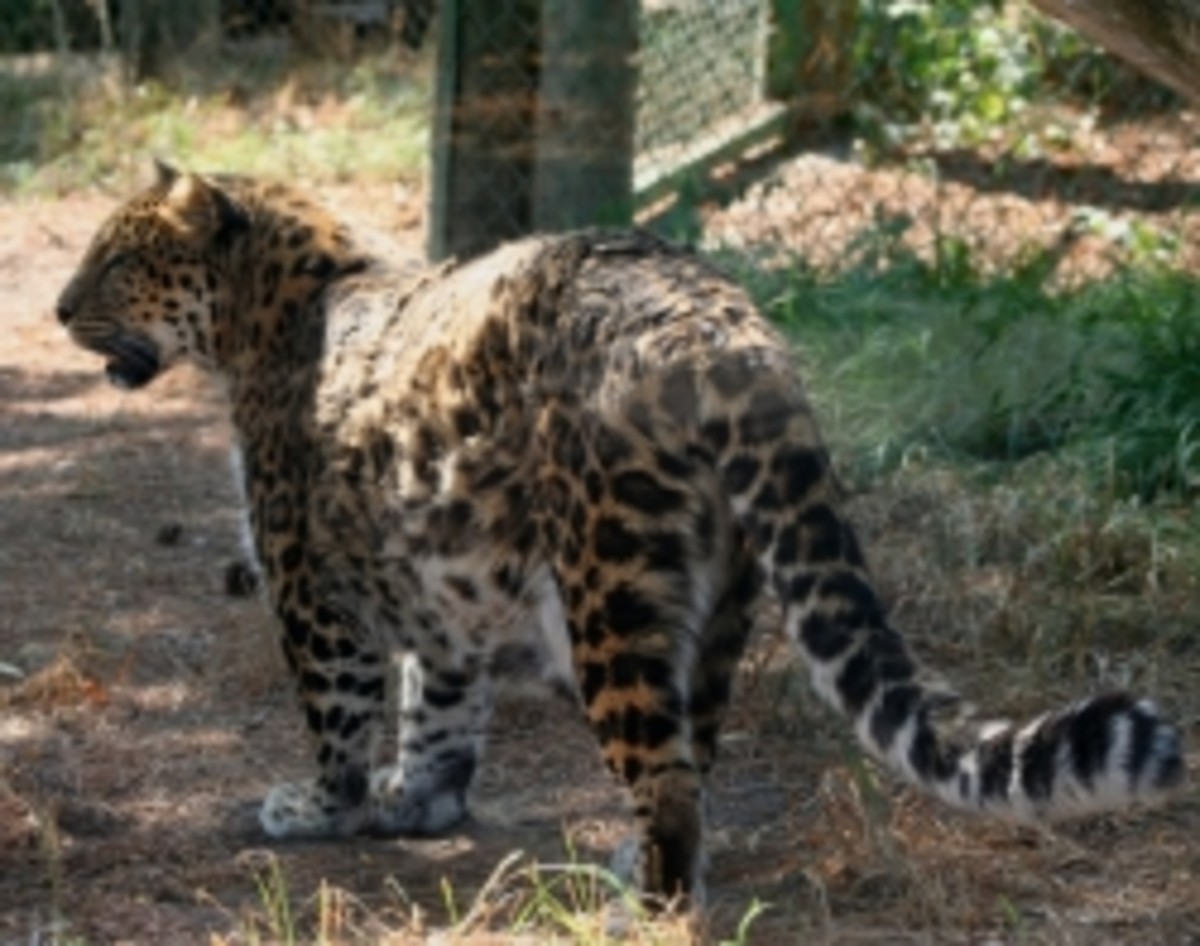What is a Mountain Beaver?
The Elusive Mountain Beaver
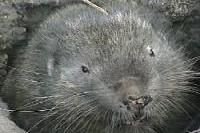
Aplodontia rufa, Mysterious Mammal of the Pacific Northwest
Most people have probably never heard of a Mountain Beaver, let alone seen one. The scientific name is Aplodontia rufa, and although the face looks a little like a beaver they aren't even close relatives. Mountain beavers don't necessarily live in the mountains, either. In fact they are more common in lowland forests. They are considered by many scientists to be the most primitive living mammal species on earth and live in a relatively small area of North America in the Pacific Northwest. Although people don't often actually see a mountain beaver, they may often encounter the evidence of their existence.
Many a gardener in the Pacific Northwest has looked out at their garden one morning to find it has been devastated overnight and wondered what the heck happened. They may have had a visit from a mountain beaver. Mountain beavers have a voracious appetite and can make short work of a garden.
Hikers can also be victims from the work of a mountain beaver. The tunnels left by mountain beavers on hiking trails are just the right size for a human foot to slip into resulting in sprained and broken ankles.
Despite living in the Pacific Northwest in an area where I frequently see their tunnel holes, I have never seen a live mountain beaver. On several occasions I have found dead ones on the side of a road or trail and I have seen taxidermy specimens in museums, like the one on display at the Longmire Museum at Mt Rainier.
Despite the damage that is sometimes caused, perhaps getting to know a little bit more about Mountain Beavers will give you an appreciation for these interesting, unique and mysterious little animals.
Mountain Beaver - Real or Myth?
Have You Ever Heard of a Mountain Beaver?
A Taxidermy Specimen of a Mountain Beaver (Aplodontia rufa)
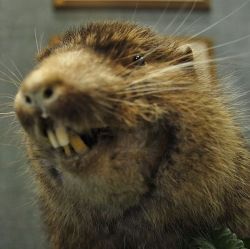
Where to See a Mountain Beaver
The only place in the world where Mountain Beavers reportedly live is in the Pacific Northwest area of North America. There are 7 different subspecies found between approximately the northern half of California northward into southern British Columbia. They are found mostly west of the coastal mountain ranges, and some subspecies in California are species of concern due to the small population numbers. Where I live in Western Washington, they are seldom seen, but fairly common residents in forested areas.
Where do Mountain Beavers Live?

Learn how to Identify Animals of the Pacific Northwest - Field Guides to Mammals of the Pacific Northwest
If you suspect that you have seen either a mountain beaver or evidence that one is living in your area, these field guides contain a wealth of information about how to identify mammals of the Pacific Northwest, a description of the habitat where they are found and other information that is known about their life cycle.
Evidence of Mountain Beavers
Since mountain beavers are primarily nocturnal, the holes in the ground that lead to their underground burrows may be the only evidence that indicates they are living in the area. I took this photo in a forested ravine near a creek in my neighborhood. It is pretty typical of a mountain beaver burrow. As you can see from this one, the entrances to the tunnels are often on a slope or hillside that is covered with vegetation and there is dirt fanned out around the entrance. There may also be freshly cut vegetation they've recently harvested near the opening of their tunnel. They usually live near a pond or creek because they need to drink 20% to 30% of their body weight in water daily because of their inefficient kidneys.
Mountain Beaver Habitat and Signs
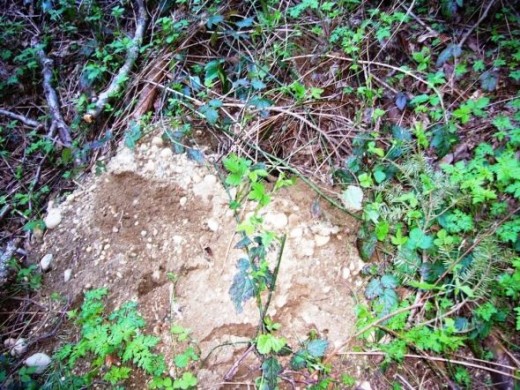
Mountain Beaver Tunnel Entrance
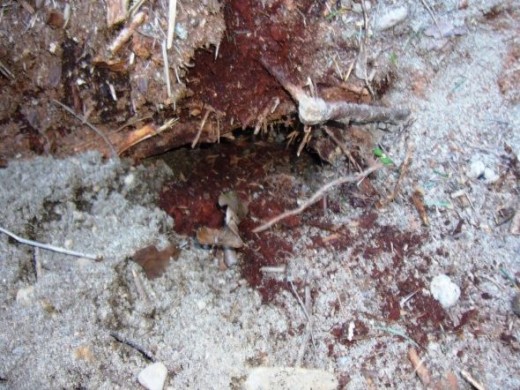
A Typical Mountain Beaver Home
The typical opening to a Mountain Beaver burrow is between 6 to 8 inches in diameter. The above photo doesn't show it very well, but there were several small evergreen tree needles and twigs and other plant debris around the entrance. The holes are often partially or even totally hidden by vegetation so they can be a hazard for hikers.
Aplodontia Rufa makes an extensive tunnel system, reported to sometimes be as deep as 10 feet underground with 10 or more entrances. They have separate chambers in their burrows for food storage, feeding, nesting and toilet area. The territory of an individual mountain beaver may be 2 acres or more, depending on the food supply in the area.
The mountain beaver is important to other creatures in the forest because their abandoned tunnels are used by several other species including rabbits, minks, skunks, mice, salamanders, moles, voles, weasels and rats.
Front Claws of an Aplondontia Rufa
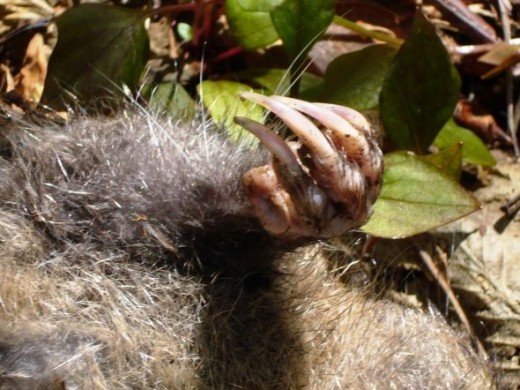
Mountain Beavers are Equipped for Digging
The mountain beaver has extremely long sharp claws on both front and back feet that are well suited for digging. No wonder they are capable of making so many tunnels and holes! The photos above and below were taken of an unfortunate mountain beaver that I found dead along the side of a trail.
Mountain Beavers are Equipped for Eating - Aplondontia rufus Teeth
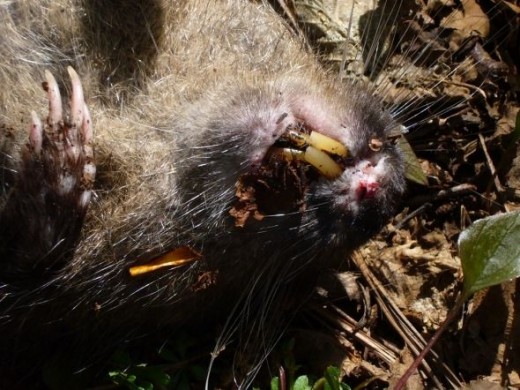
My What Big Teeth You Have!
If you've ever seen a mountain beaver's set of choppers, it is easy to understand how they are able to decimate a garden overnight. Although not an animal that is usually aggressive, it will defend its territory and if cornered or grabbed, those teeth can inflict a nasty bite.
Salmonberry - A Pacific Northwest Shrub

What do Mountain Beavers Eat?
Mountain beavers are herbivores, so they eat only plants. Some of the native plant species that they eat include salal, ferns, fireweed, bleeding heart, nettles, dogwood, currants, vine maples, willows, alders, evergreen trees, salmonberry and other rubus species.
However, they are perfectly happy to dine on plants growing in gardens like rhododendrons, trees, shrubs, flowers and even vegetables.
They may eat the plants immediately or they may briefly store them outside their tunnel entrances before taking them to food storage chambers inside their underground nests.
What does the Mysterious Mountain Beaver Look Like?
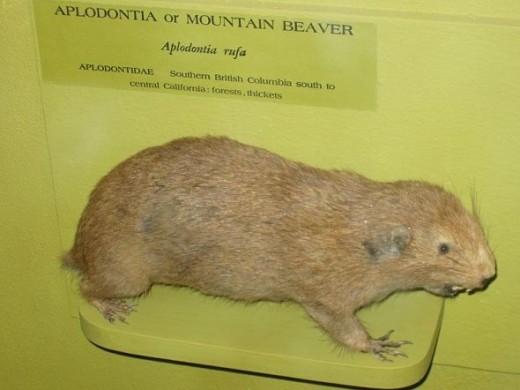
A Description of a Mountain Beaver
Those who have seen the elusive mountain beaver have variously described it as resembling a tail-less muskrat, woodchuck, gopher, a large mole or a giant hamster. They are in a very primitive family of rodents all by themselves. Their closest relatives are squirrels. They are brown and gray in color and are round and bulky looking. The average weigh of a full grown mountain beaver is about 1-2 pounds (900 g) and average overall length about 12 to 13.5 inches (34 cm), including a short tail about 1 inch (2.5 cm) long. They have tiny eyes, small ears and long silver whiskers. This specimen photographed in a museum looks a lot lighter in color than the dead ones I've seen.
A Young Mountain Beaver
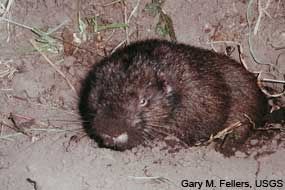
Life Cycle of the Mountain Beaver
Compared to most other mammals in the Pacific Northwest, research and information about mountain beavers is relatively sparse so many of the details about their life is still a mystery.
What is known is that mountain beavers don't live in colonies like some rodents. They are solitary except for during mating season and they have a home territory they will defend from from other mountain beavers or other species. Female mountain beavers do not reproduce until they are about two years old and they only have one litter of young per year. Depending on where they live, they breed sometime between December and April and if all goes well, 2-4 baby mountain beavers are born 28 to 30 days later. The babies nurse for up to 60 days.
They aren't known to hibernate so they are active year-round. They are either mostly nocturnal or, if they are awake during the day, must spend most of the daylight hours underground in their burrows.
Like most rodents, they are near the bottom of the food chain and their main predators include coyotes, bobcats, minks, weasels and owls and, of course, domestic cats and dogs. No one has done much research about how long mountain beavers live, but it is estimated that their maximum life expectancy is about 6 years.
Watch a Video About Mountain Beavers
Skeleton of a Mountain Beaver - Aplondontia Rufa Bones
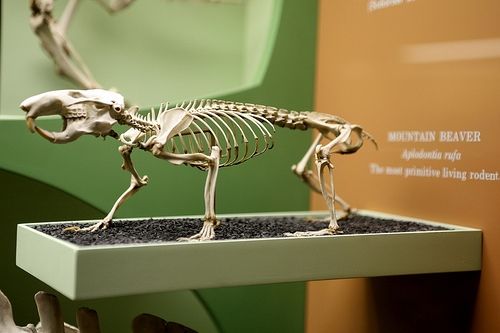
A Mountain Beaver at the Smithsonian Museum
Lewis and Clark encountered mountain beavers during their expedition to the Pacific Northwest and described them in their journal. The above photo of a mountain beaver skeleton was taken at the Smithsonian Museum of Natural History. Mountain beavers are considered to be the most ancient, primitive rodent still living on earth. There is archealogical evidence that their species has lived in the Pacific Northwest, virtually unchanged, for over 40,000 years.
Mountain Beaver Trivia
Scientific Name: Aplodontia Rufa
Food: Plants (herbivore)
Weight: 1-2 pounds
Length: 12-14 inches
Color: Brown and/or Gray
Life Span: 5-6 years
Reproduce at 2 years of age
Females have 2-3 young every spring
Mostly Nocturnal
Can climb trees
An Injured Mountain Beaver Being Treated
Protect Your Trees from Damage
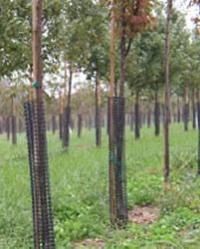
How to reduce or eliminate Mountain Beaver Damage
What to do if a Mountain Beaver Becomes a Pest
I must confess, I'm biased. I enjoy having wildlife in my yard and will do my best to make accommodations to be able to co-exist with them. Especially in the case of a primitive species like a mountain beaver, I always keep in mind that their species was living on this land before mine, so they have as much right, if not more, to be here.
Some ideas from the experts for minimizing damage from mountain beavers include protecting trees by installing a barrier around the trunk.
More Ideas for Minimizing Mountain Beaver Damage
1. Fencing that extends several inches below ground level to create a barrier to discourage them
2. Use plant tubes on seedlings, shrubs and small trees to protect them
3. Plant new shrubs, trees and gardens as far away from their dens as possible
4. Install a squirrel baffle, metal collar or predator guard on trees they are climbing
It has been reported that moth balls, castor oil and clothes dryer sheets do NOT repel them
Havahart Live Traps

What About Trapping and Relocating Mountain Beavers?
Since mountain beavers are solitary except during mating season and while mothers are raising their young, live trapping and relocating may help at least temporarily. But eventually if the area has suitable habitat, another mountain beaver will probably eventually claim the territory as its own. In some areas it may be illegal to trap and transport wild animals, so be sure to check the laws in your area.
Limit Mountain Beaver Damage By Attracting Owls
The last thing to try before resorting to lethal methods yourself, is to make an effort to increase the number of natural predators in your area. Make the habitat in your yard as suitable as possible for predators of mountain beavers like bobcats, fishers, coyotes, owls, skunks, eagles, and minks. Owls would probably make the best neighbor since they are most active at night,like the mountain beaver and have fewer habits that humans find objectionable. They one of the easiest predators to attract by placing owl nesting boxes in trees and other suitable places.
Living with Wildlife in the Pacific Northwest

Co-Existing with Native Wildlife in the Pacific Northwest
If you are looking for more information about mountain beavers and other wildlife in the Pacific Northwest, you may want to add this book to your library. Written by Russell Link, an urban wildlife biologist with the Washington State Department of Fish and Wildlife, it has tips for attracting and enjoying wildlife while preventing potential problems and conflicts.
References and Resources of Information About Mountain Beavers
- USDA - APHIS : About APHIS
USDA Animal and Plant Inspection Services - Mountain Beaver Damage and Management - Mountain Beavers | San Francisco National Parks Science and Learning
San Francisco Bay Area National Parks Science and Learning Mountain Beavers - US Forest Service
Habitat characteristics at den sites of the Point Arena mountain beaver, Mendocino County California - Mountain Beavers - Living with Wildlife | Washington Department of Fish & Wildlife
Information about the Mountain Beaver on the Washington State Department of Fish and Wildlife website. - Aplodontidae - mountain beaver | Wildlife Journal Junior
There is only one species in this family and it is not really a beaver and it doesn't only live in the mountains! The mountain beaver is found in forests in the Pacific northwest from British Columbia to central California . The mountain beaver looks - Mountain Beaver
Hundreds of interactive illustrations, color photos, and historic art, with in-depth text by today's leading Lewis and Clark scholars. - Mountain Beavers » PAWS
PAWS provides the natural behavior and history of Mountain Beavers, and solutions for common conflicts with them. - Pacific NW | The Pacific Northwest's elusive mountain beaver | Seattle Times Newspaper
A story in the Seattle Times about mountain beavers.
© 2013 Vicki Green


